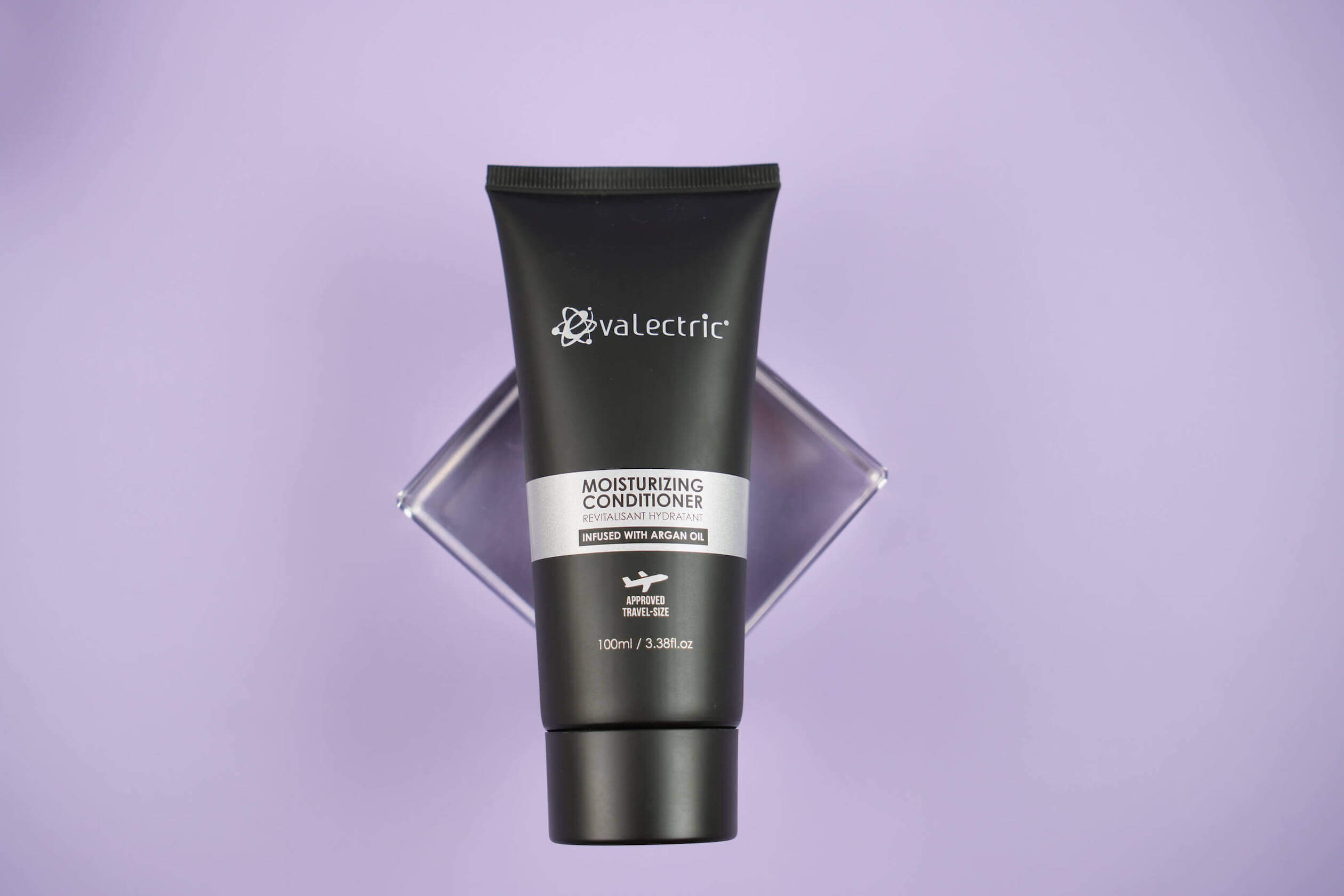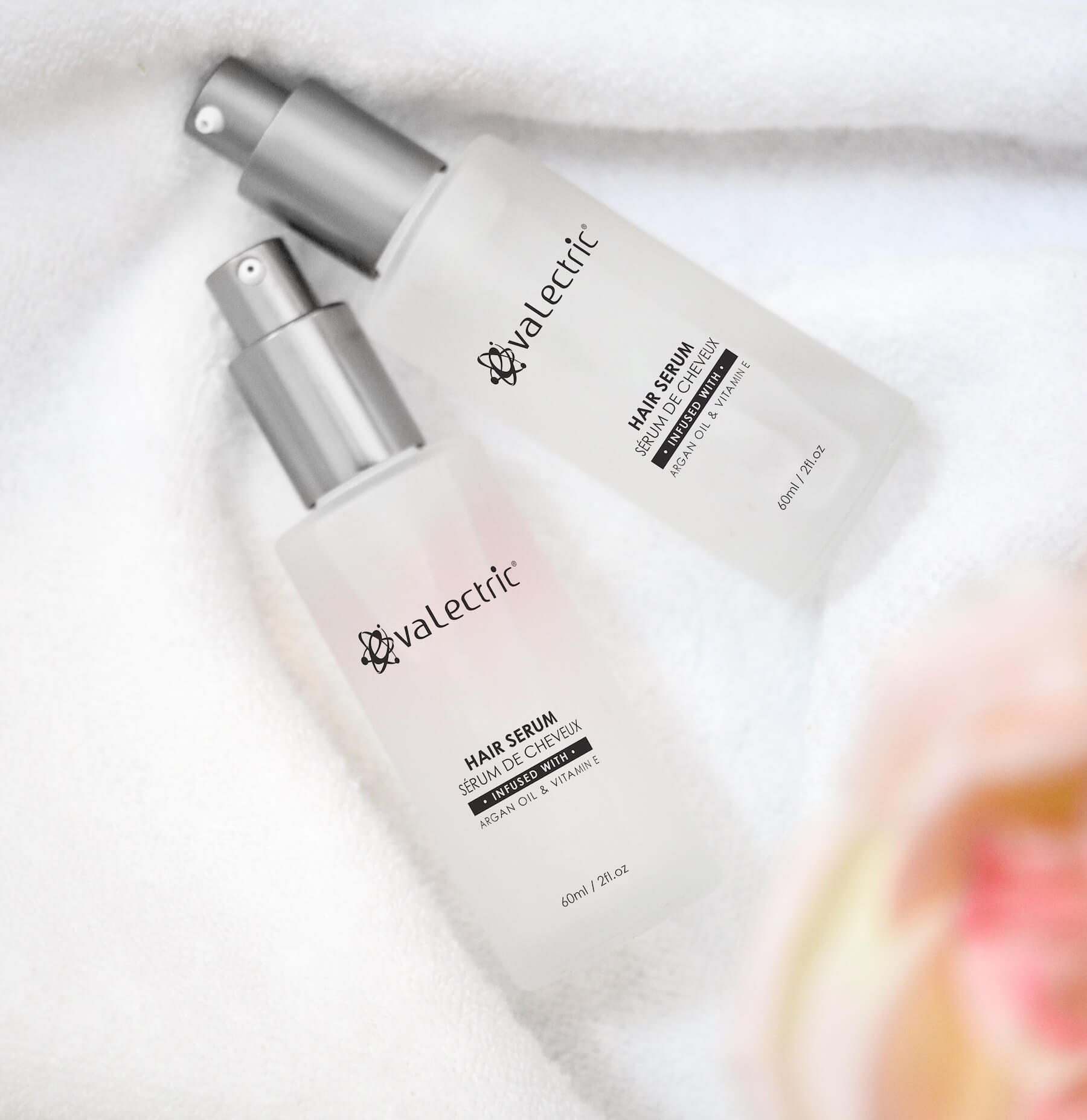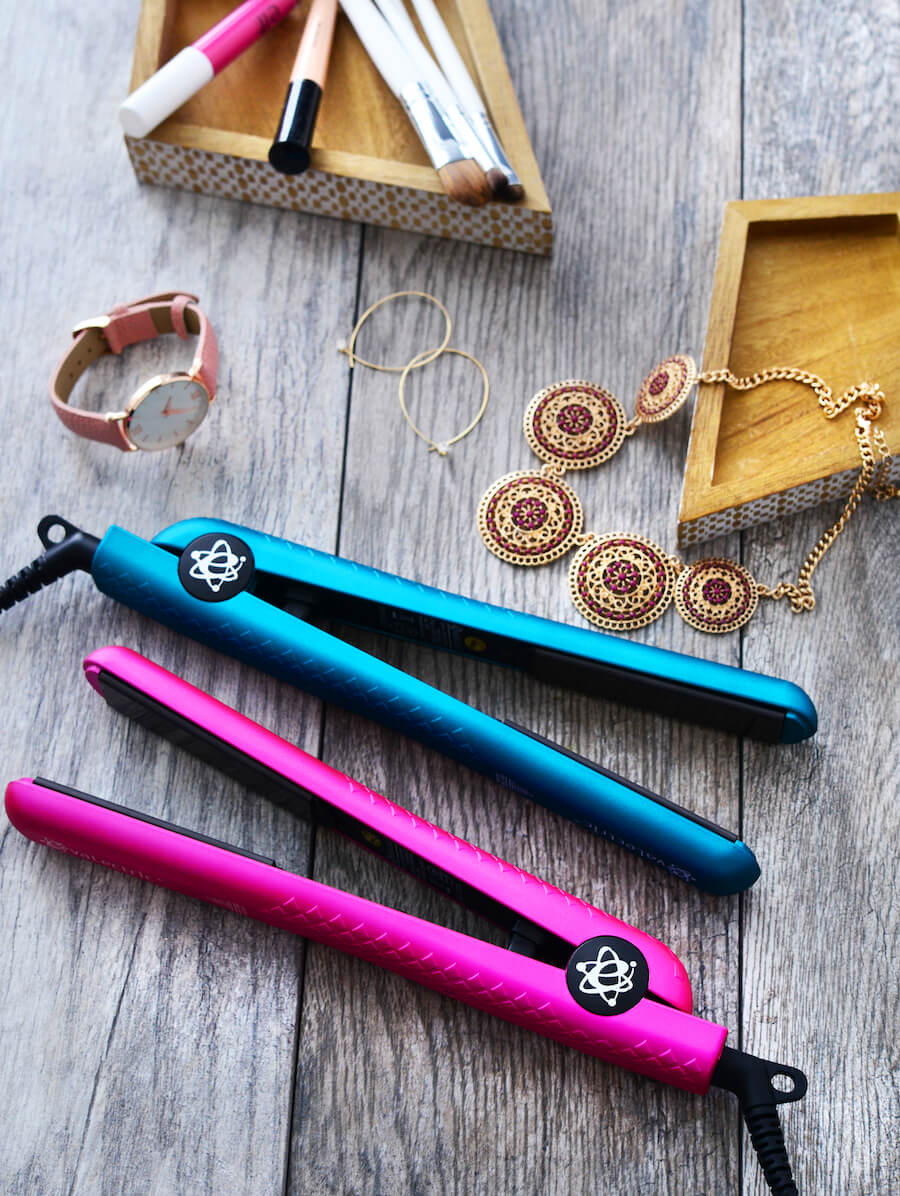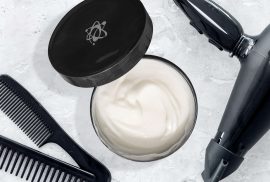How to Easily Detangle Your Hair

Dreading the painful process of detangling your knotted strands?
We’ve got good news for you – detangling doesn’t need to be a drawn-out ordeal that sees you yanking out half of your hair. Instead, with the right tools and techniques, you’ll be able to detangle hair quickly and easily, without causing any damage to your mane. Read on as Evalectric explains how!
Why Does Hair Become Tangled in the First Place?
A tangle forms when two single strands of hair wrap around each other, creating a knot. Once other strands join in, the tangle grows, making the knot thicker and harder to remove.
There are several factors that can contribute to the formation of these knots, including:
- Windy weather
- Rubbing wet hair with a towel
- Not brushing your hair enough
- Over-brushing your hair
- Dehydrated strands
- Being too rough when shampooing your locks
- Tossing and turning while you sleep
- Split ends
The Importance of Safely Detangling Your Hair
It can be tempting to ignore the issue when you notice a small knot forming in your hair. However, as you probably know, this will only make things worse. The longer you leave a tangle in place, the larger it will grow, bringing surrounding strands into the mix.
Once you finally attempt to gain some control over your strands, damage won’t be far behind. Combing through tangles will likely leave you dealing with breakages, with your strands snapping as your comb struggles to make its way through your tangled mane.
What makes this problem even worse is that any moisturizing products that you apply to tangled hair will fail to work properly. You won’t be able to evenly distribute them through your strands since there’ll be knots blocking the way.
This is why it’s so important to learn how to safely detangle hair. This way, rather than putting the ordeal off, you’ll be able to confidently work through those knots without harming your strands or leaving them susceptible to even more damage.
How to Detangle Hair
There are numerous methods out there for how to detangle hair. However, these steps usually provide the easiest and most effective route to silky, knot-free strands:
Wet vs Dry
Although it’s true that your strands are at their most vulnerable when they’re wet, this also happens to be the best time to detangle hair. Wet hair is looser and more stretched out, compared to the rigidity that dry hair sports.
With that said, many still prefer to detangle hair when it’s dry. This is very doable but your method will need to vary slightly from the tips that we’re about to share.
Apply a Rich Conditioner

Before you start to detangle hair, you want to make sure that it has as much slip as possible. This will enable those tangled strands to easily slide away from each other, rather than rubbing against each other in a way that leaves them even more matted.
While there are plenty of detangling products available, a rich conditioner will do the job just as well. Use a formula that contains natural oils, such as the Evalectric Moisturizing Conditioner. It’s infused with argan oil, which gives the hair a smoothness that enables strands to glide against each other.
Concentrate your conditioner on the ends of your hair, just like you normally would. However, if your tangles are higher up, give those areas a once-over with your conditioner too. Avoid applying your conditioner to your scalp, unless you have severe tangles in this area as well.
Start With Your Fingers
When trying to detangle hair, finger detangling should be the very first technique that you adopt. This involves raking your fingers through your hair and then working them through any tangles that you encounter.
There’s no denying that this method takes a little longer than starting with a comb. However, your fingers are much more sensitive than a comb. They’ll be able to feel even the smallest of tangles, which your comb would have otherwise yanked through. Starting with your fingers will not only help you to prevent breakages, but it will also give you a good idea of exactly where all of your tangles are before you move on to using a comb.
Comb Through Your Tangles
If your tangles aren’t too severe, finger detangling may be all that you need. However, if, after using your fingers for a while, you aren’t getting anywhere with this, it’s time to reach for a comb.
Since you want to detangle hair as safely as possible, a wide-toothed comb is the way to go at first. It’ll produce less friction than a fine-toothed comb, making it much gentler on your strands.
Start by working through the tangles at the ends of your hair, using your other hand to prevent any tension from affecting your scalp. Then, slowly work your way up to your roots, until you’re able to run your comb through your locks without any interference.
After using a wide-toothed comb, you can then move on to detangling with a fine-toothed comb. By this point, tangles will be minimal and a fine-toothed comb will be able to find those tiny knots more effectively than a wide-toothed comb would.
Rehydrate When Needed
When detangling your hair, it’s always helpful to work in sections. However, if you have several tangles to get through, some of the sections of your hair may start to dry out before you reach them, even if they’re covered with conditioner.
To prevent this, keep a spray bottle of water beside you. Each time you move on to a new section of hair, give it a few spritzes to rehydrate it. Keeping your hair consistently moist will make your detangling efforts much easier.
Patience is Key
It can take time to detangle hair, especially if you have many knots to deal with. So, save this job for when you have some time to spare. You don’t want to end up trying to rush through the process as this will only increase your chances of experiencing breakages.
Preventing Hair Tangles
Hate detangling your hair?
One way to avoid this ordeal is by preventing those tangles from developing in the first place. These tips will help you to do just that:
Keep Your Hair Hydrated

When hair lacks moisture, the hair shafts open up. This makes them more prone to catching against each other and forming knots.
To counter this, work on keeping your hair as hydrated as possible. Simply using a hydrating shampoo and conditioner may not be enough, so consider investing in a hydrating hair serum too. The Evalectric Hair Serum, for example, is brimming with hydrating compounds. Between argan oil, aloe vera, and vitamin E, it will give your hair a much silkier finish, making tangles so much less likely to occur!
Be Careful When Heat Styling

If you regularly heat style your hair, this could potentially be contributing to your tangles. Excessive heat dries out and damages the hair shaft while also causing them to become more brittle.
To avoid this, choose your heated styling tools wisely. Opt for tools that allow you to adjust their temperature, so that you can give your hair the amount of heat that it needs rather than subjecting it to a single high temperature.
Using a heat protectant product before heat styling is also vital. This will prevent the heat from burning your strands, saving them from a huge amount of damage.
Sleep on Silk or Satin
If you often wake up with tangled locks in the mornings, your pillowcase could be to blame. Pillowcases made from cotton or a similar material may feel soft to the touch but, in reality, they’re actually quite rough. Each time your hair moves over the top of these fabrics, friction is created, and this induces tangles.
Silk or satin, on the other hand, has the opposite effect. They’re much smoother, allowing your strands to easily glide over them rather than catching on the fabric. Even better, they won’t absorb quite as much of your hair’s natural oils, which will help to keep your hair better moisturized and conditioned.
A Loose Braid Before Bed
If you tend to move around a lot while you sleep, switching to a silk or satin pillowcase will help, but it may not be enough to have you waking up to knot-free tresses.
If this is the case, consider braiding your hair before bed. This will keep it under control, contained in a specific position. You’ll be reducing the amount of friction and movement that it encounters, preventing tangles from forming.
With that said, make sure that you keep your braid relatively loose. Don’t rely on a braid that tightly pulls at your scalp or any other part of your hair, as this will only lead to damage.
Don’t Rub Wet Hair With a Towel
It’s often second nature to reach for a towel after you’ve washed your hair, before rubbing this over your sopping strands. However, this is a surefire way to create tangles, as well as frizz. The friction that you cause by roughing up your hair in this way will encourage the formation of knots.
What can you do instead? Firstly, use a microfiber towel instead of a terrycloth towel. It’ll be much more absorbent, which will help your hair to dry faster. Then, instead of rubbing your towel over your mane, take sections of your hair and use your towel to gently squeeze out any excess water.
Protect Your Hair From the Weather
Strong winds will whip your strands in every direction, making tangles more likely. The wind will also dry out your hair, which, again, contributes to knots.
Ideally, try to weatherproof your hair as much as possible on windy days. Either tie your hair back into a protective style or wrap your mane in a scarf. Topping it with a hat can help too. Either way, by protecting your hair from the wind, you’ll be much better equipped to keep tangles at bay.
Summary
If you’ve been putting off detangling your hair, it’s time to step up and get the job done. The longer you leave it, the longer it will take, and the worse it will be for the health of your hair. Follow the detangling method that we’ve shared above and then, once you’re done, keep our prevention tips in mind to save you from having to go through the whole process yet again!
Click here to browse Evalectric’s bestselling hair care products and styling tools.






